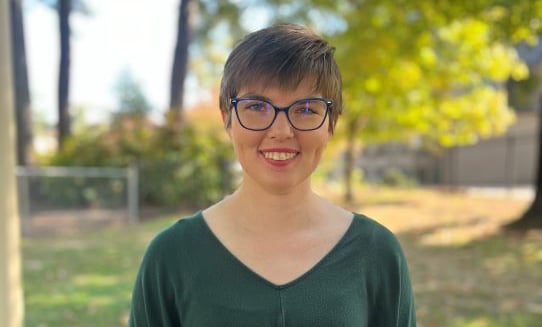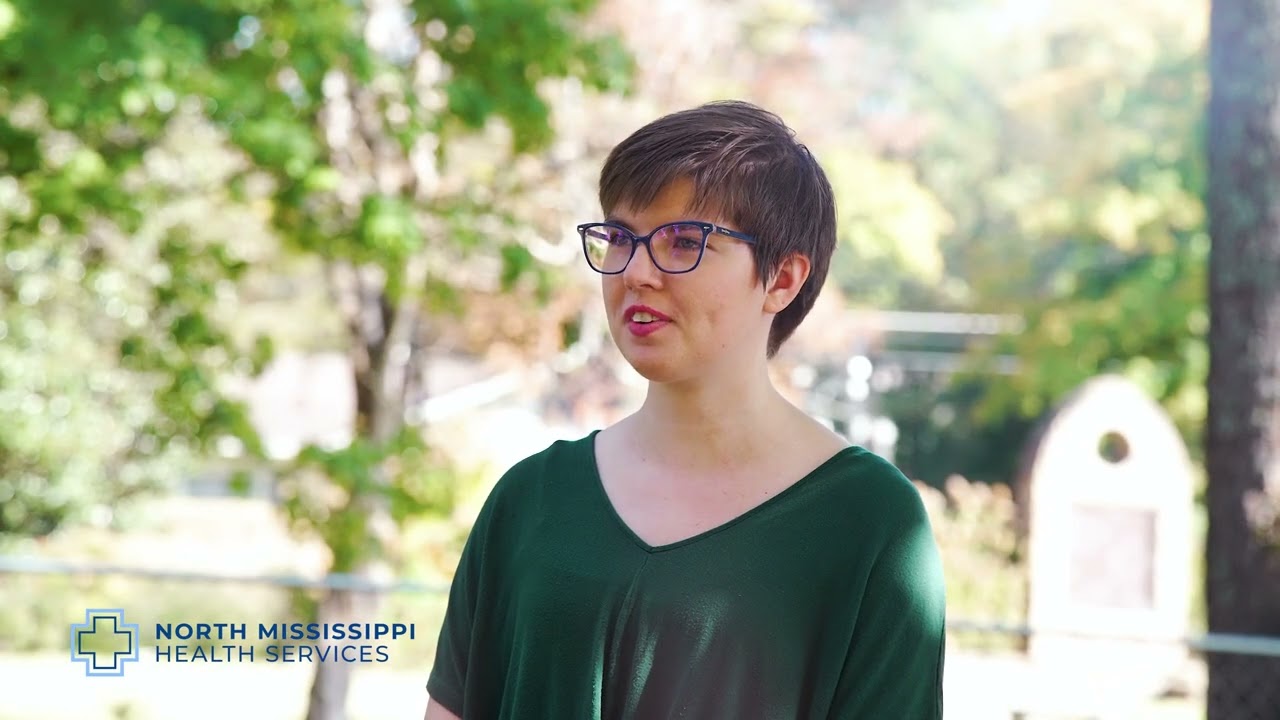

Mar 18 2025
Finding Hope in the Struggle


Summary
Maggie Bushway hasn't let brain cancer or its residual health challenges stand in her way.
Though she’s only 28, Maggie Bushway of Shannon has spent more time in hospitals and doctors’ offices than most people twice her age.
Maggie was diagnosed with a brain tumor when she was only 7 years old. “She started having seizures, but we didn’t realize it was a seizure. We had no idea there were so many different types of seizures,” said her mother, Kathi. “When she had a seizure, it was like an anxiety attack or like she was overcome with fear. It wasn’t until she had a seizure in front of a doctor that they were able to diagnose the seizure, and that led to finding the brain tumor.”
Maggie had her first brain surgery in 2003, followed by chemotherapy and Gamma Knife radiation. She underwent a second surgery in 2004 and two more surgeries in 2006.
“The radiation left a lot of scarring,” Maggie said. “So even though it saved my life, it caused my seizures to be worse.”
In 2008, she had a vagus nerve stimulator implanted. The stimulator is an option for patients like Maggie who have drug-resistant epilepsy. Before, her doctors had to take some drastic measures when she had seizures, including inducing coma. “My brain likes to find a way to work around whatever we do to fix it,” Maggie explained.
The device is just under the skin on Maggie’s chest and is connected by wire to the vagus nerve in her neck.
Vagus nerve stimulation (VNS) therapy helps prevent seizures by sending regular, mild pulses of electrical energy to the brain via the vagus nerve. Fortunately, the therapy worked well for Maggie and kept her out of the hospital for many years.
“I still have breakthrough seizures, but this keeps them from being worse,” Maggie said. “It’s still a struggle, but it prevents me from having a lot more seizures than I could have.”
When it came time to replace that nine-year-old device in 2017, Maggie became the first person in Mississippi to receive the newest generation VNS device. Neurosurgeon Dr. Louis Rosa implanted that device, which uses smart technology to reduce the number of seizures and lessen their duration, at North Mississippi Medical Center.
The newer device offers several features its predecessor did not, including the ability to detect seizures and deliver extra therapy to stop them before they start. It also collects and logs events commonly associated with Maggie’s seizures, including her body position and heart rate variations.
Dr. Rosa customized the programming of Maggie’s device specifically for her. Because she has more seizures at night, her device is ramped up at night so she gets a higher dose then.
While Maggie’s medical challenges may have caused a few delays in her education, she has certainly made up for any lost time. She earned a bachelor’s degree in broadcast journalism from the University of Mississippi in 2019 and her master’s degree in 2022. She now owns 501 Media, a multi-media company.
And she recently published her first book, “Pearls: A Memoir on Childhood Brain Cancer and Hope.” Maggie originally started writing this book about her experience with brain cancer when she was 8 and undergoing chemotherapy.
“In my head, it was such a long book,” Maggie laughed. “But I was young, so my version of the story was pretty small.” Referring to her father’s blog posts and old photos, she pieced together more of her experience in the hopes of encouraging others who might be facing similar circumstances.
“Trying to get the memories back was very therapeutic,” she said.
Maggie's Story
